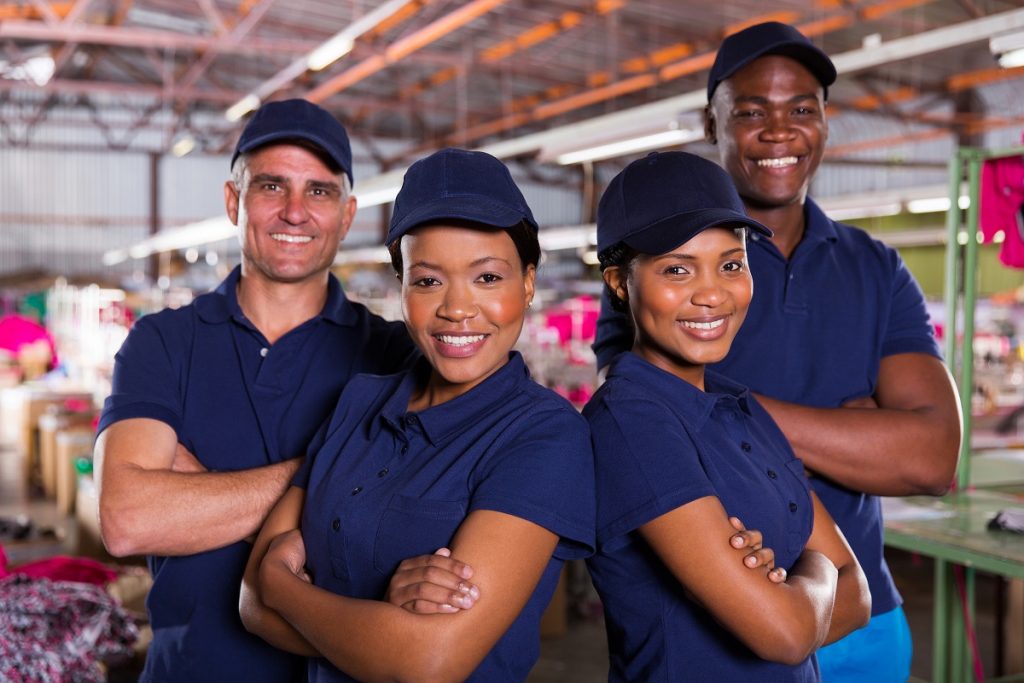Manufacturing is essential across businesses and industries, big or small. But despite being one of the most crucial parts of the capitalist supply chain, manufacturing operations are still plagued with inefficiencies.
While many corporations continuously push for leaner manufacturing, there’s still plenty of room for improvement. For one, manufacturing is still a big contributor to waste and carbon emissions. And it still heavily relies on processes drawn up decades ago.
In the coming years, online retail will become the norm, which means that retail companies will need to innovate dramatically to meet the surging demand, all while keeping their carbon footprint to a minimum. Sustainability practices will become increasingly important as consumers become more eco-conscious.
Below are the fundamentals of sustainable manufacturing:
Efficiency
In the context of manufacturing, efficiency is not just about speeding up production. It’s about creating systems that will result in successful outcomes with minimal waste and trial and error. And one thing that can help with that is virtual integration.
Nowadays, companies can use software to create accurate digital models of a product and plan the manufacturing procedure to a tee. By the time the product will be physically manufactured, it will have already been perfect, eliminating wasted resources and expense.
Many companies have started adopting this technology and will soon become the norm in the industry. In fact, some companies are already a step ahead, with some using augmented reality in their assembly processes.
In the micro manufacturing landscape, there have been a handful of groundbreaking innovations, as well. For instance, AI-machine vision error detection is being used to create precise micro devices such as cutting-edge medical equipment. Plastic injection mold manufacturers also prove to be the go-to process for mass-producing complicated shapes precisely and efficiently.
Functionality
In manufacturing, design for manufacturing (DFM) seeks to design components and products for ease of manufacturing with the goal to make a better product at a lower cost. And one way to achieve that is by optimizing, simplifying and, and refining the product design. With that in mind, full automation seems to be the best logical choice.
While manpower is still substantially useful, an assembly line that partially relies on workers would still have efficiencies. Plus, human error can be costly and wasteful. As an answer to this problem, some companies have developed robots to fully automate the assembly process.
The Ocado warehouse, for example, has a team of robots tasked to empty, transport, and replace batches of products. Humans will only enter the picture during the preparation for shipping part. Apple’s recycling robot Daisy is another great example. This super smart and dexterous root can strip an iPhone apart and allow these parts to be reused. This technology can help companies save on raw materials for new devices. Plus, it makes recycling easier and safer. And a product’s recyclability and manufacturability is a major discussion point in sustainable manufacturing.

Social Impact
In manufacturing, social impact can occur on various scales, depending on a company’s objective. For instance, a purpose-driven company with an interest in the environment would seek to reduce waste and use renewable energy throughout the assembly process. Some companies would even go as far as employing a minority or disadvantaged group, or take an active role in bettering the community where the manufacturing plant is located.
While it’s true that there are companies that resort to deceptive practices like greenwashing, there are those that truly live by their standards. Social impact can also come in the form of profit sharing, where a manufacturing company puts its ownership and profits in the hands of its workers. But the main thing is continuously finding ways to create products sustainably and design the process in such a way that the sustainability factor is maintained up to the moment the product gets to the consumer.
Workplace safety
Manufacturing plants can be a dangerous environment for workers, and workplace hazards can be far-reaching, ranging from slips, falls, and burns to serious injuries, trauma, and long-term illness. In the long run, accidents cost manufacturers billions of dollars in medical coverage, sick days, and lost productivity.
To address these concerns, companies are continuously innovating for health and safety in the assembly line. One notable innovation are full-body exoskeletons, a type of wearable technology designed to protect employees during mechanical work. Exoskeletons also provide humans more stability and strength to carry out complex tasks. In the automotive industry, these suits are turning factory workers into human robots.
We’re living in an era of constant innovations, and soon enough, the manufacturing industry will develop more forward-thinking approaches to sustainability. It might become possible to produce parts and products on a large scale but with a minimal carbon footprint.



